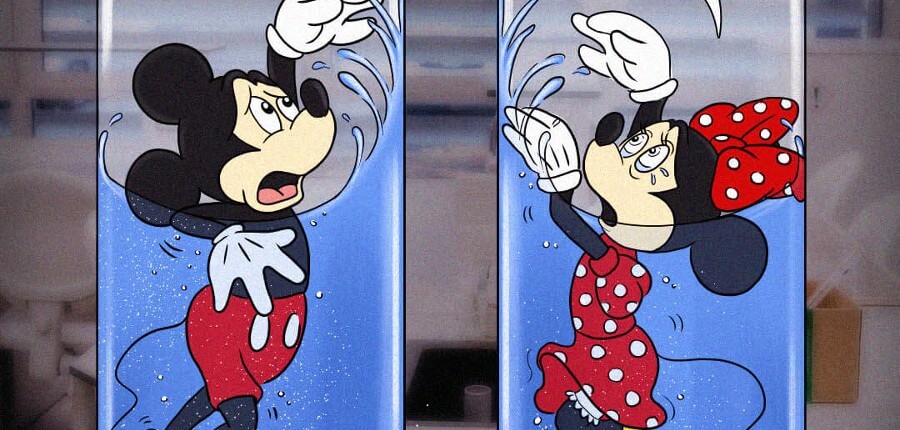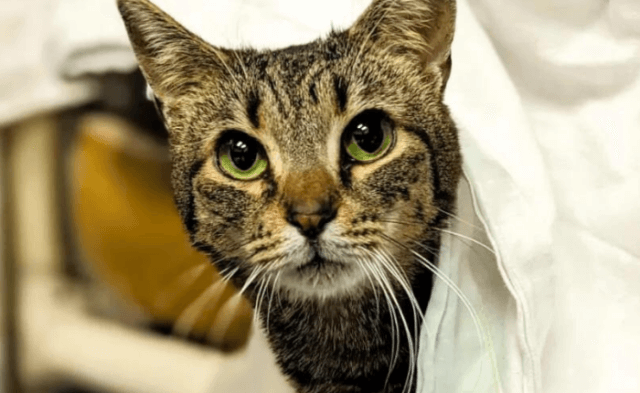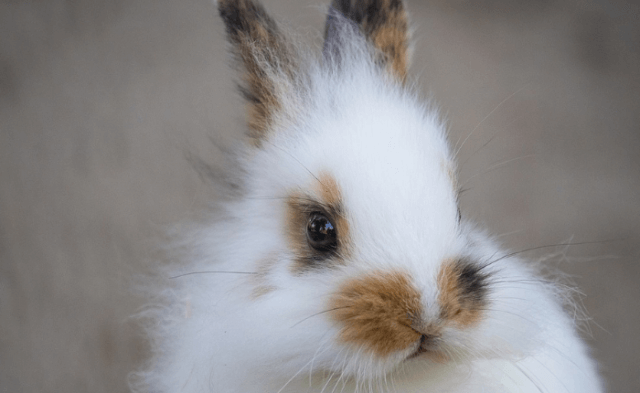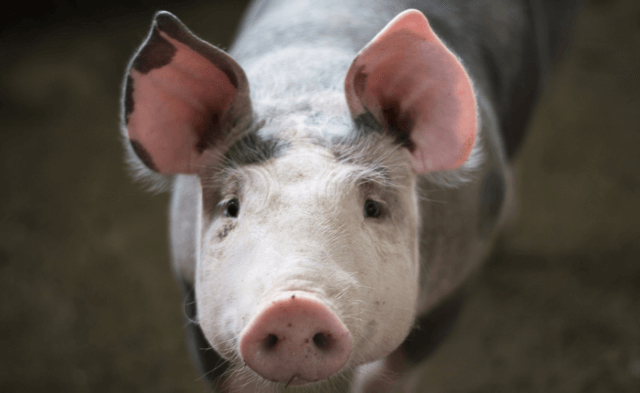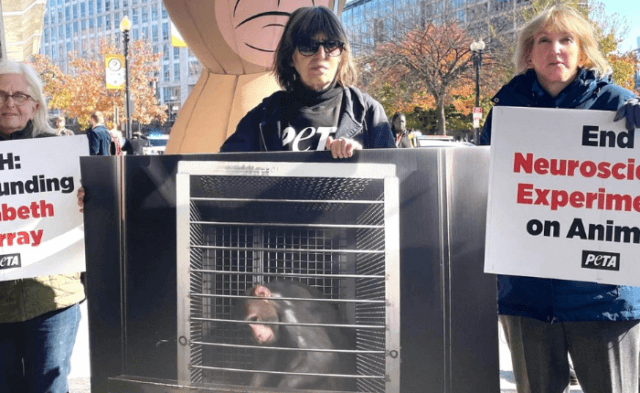- Tremendous progress: After much pressure from scientists with PETA entities in Europe, the European Chemicals Agency (ECHA)—infamous for its stringent animal testing requirements—intends to take steps to replace all experiments on animals! In the meantime, a PETA U.K. scientist was in Luxembourg to support a company in a court case appealing ECHA’s mandate that sunscreen ingredients be force-fed to 5,500 animals.
- In the wake of indictments of multiple individuals involved in monkey smuggling, PETA is calling on the National Institutes of Health to determine the precise origin of long-tailed macaques in publicly funded laboratories. We also unfurled a “Cruelty Doesn’t Fly” banner condemning the handful of airlines that still deliver monkeys to experimenters in front of Thanksgiving travelers at Houston’s George Bush Intercontinental Airport.
- PETA neuroscientist Dr. Emily Trunnell led a workshop to raise awareness among researchers of animal methods bias in publishing, challenging journals’ outdated, systemic preference for articles focused on animal experiments when they ought to be publishing papers on superior, animal-free tests.
- A talented PETA artist reimagined Mickey and Minnie Mouse for the 94th anniversary of their first appearance on screen—placing them in inescapable beakers of water to illustrate the terror that living mice face in the forced swim test.
- PETA sent a Hero to Dogs Award to English activist Johnathon Byrne—who has muscular dystrophy and whose tireless advocacy helped us push Texas A&M University for years to shut down its canine muscular dystrophy laboratory and prompt the school’s eventual release of the nine surviving dogs who had been transferred to another laboratory.

